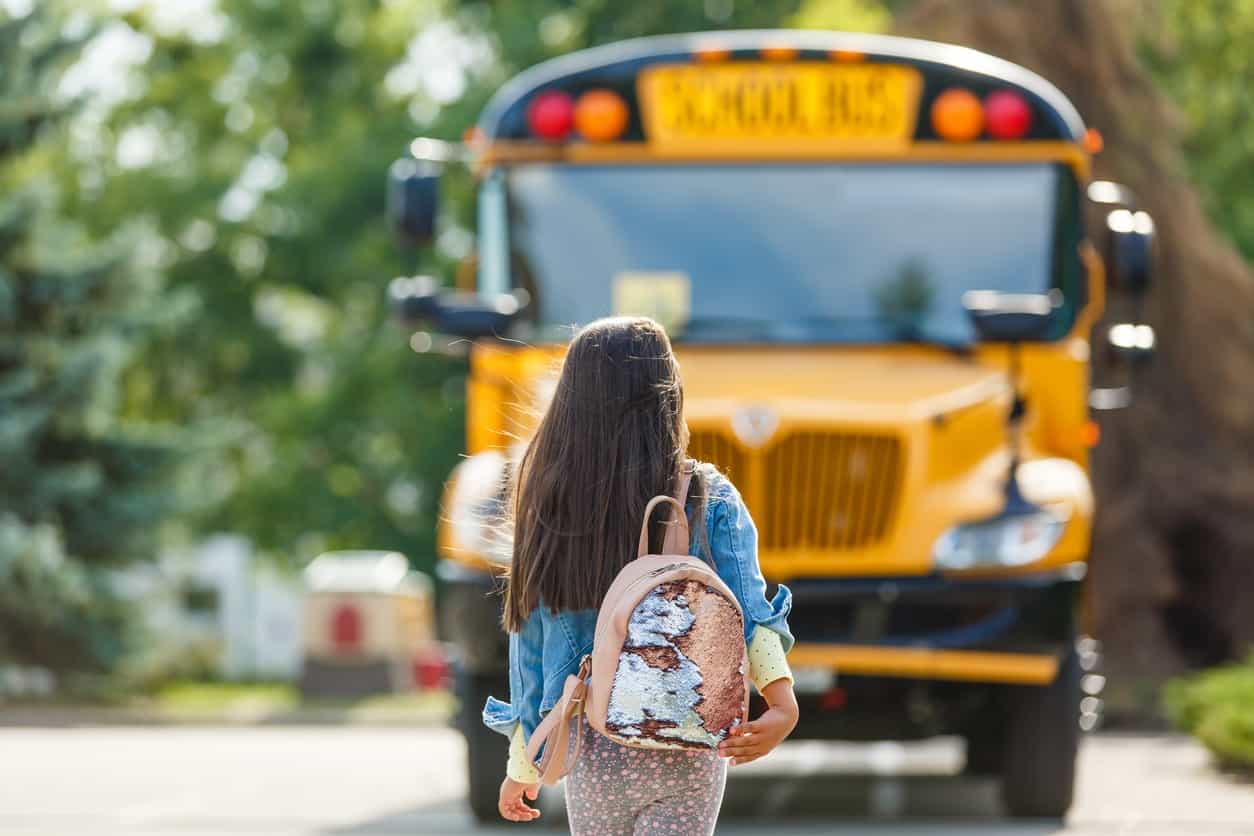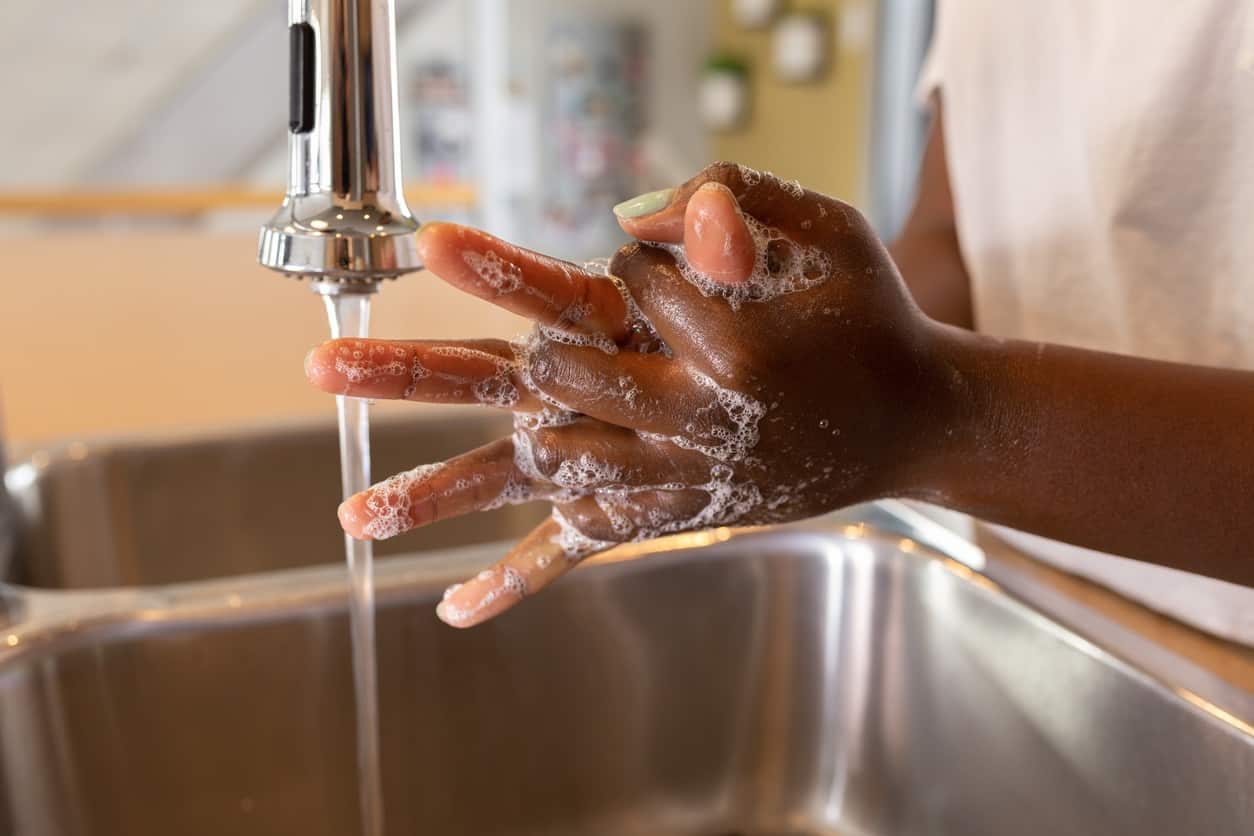This is a back-to-school season like never before, with some students learning virtually and others attending class in person.
It’s a stressful situation for parents and kids alike, but there are some things you can control.
Our experts are offering their best advice to keep your kids healthy, engaged and learning no matter what educational decisions your family and school district have made.
Back-to-school looks a lot different this year, and that’s a source of stress for parents and kids alike. Whether your child is doing in-person school, virtual learning or a hybrid, there are some things you can control. Regional One Health experts are offering advice to prepare your family for a safe, productive school experience.
From our pediatricians: Support children with a positive outlook and healthy habits
Yemi Emereuwaonu, MD, FAAP, pediatrician at Hollywood Primary Care:
COVID-19, with its safety guidelines and policies, has disrupted our typical way of life. It has no doubt caused a lot of uncertainty, anxiety and frustration. Now, for parents, the new school year creates more uncertainty about the best mode of education for our precious little ones. Whatever decision we make, the focus should be on learning in a safe, healthy, stimulating environment.

Dr. Yemi Emereuwaonu suggests talking openly with kids and involving them in planning their school routine, whether they’re learning virtually or in-person. “Remember, the most encouraging thing is to know we’re all in this together and will come out stronger,” she says.
Whether you are doing virtual learning or in-person school, embrace the process. Enjoy it and look forward to your child making new friends. Here are a few tips to help maintain stability for children and sanity for parents.
If you are learning virtually:
- Maintain the same routine you would for traditional school: the same bedtime, lunch time and play time.
- Take frequent breaks during school hours, including screen breaks (from laptops, iPads, TV, etc.) and breaks to stretch, get water, use the bathroom, exercise and get fresh air.
- Consider transferring some assignments to paper so the kids are not staring at a screen all the time.
- Involve children in planning the routine. You can create a checklist of their assignments with them. It helps to stay organized and mitigate stress. It will be empowering for them to help make things easier during this pandemic.
If your family has decided on in-person learning:
- This is the first time that teachers and administrators are experiencing this, so be patient, trust the process and follow their instructions for your child’s health and safety.
- Explain in simple, age-appropriate terms what kids can expect in school and why they will see changes like markings on the floors, spaced out furniture, spaced out lines and distance between their classmates. You can discuss this at home using games, or even play out fun scenarios. This takes the mystery out of the changes and helps kids approach them with less fear and more determination to do their part.
- Nothing stops kids from making new friends. While they may not be able to hug their friends or play at recess, they can always wave to each other.
Remember, the most encouraging thing is to know we are all in this together and will come out stronger. Do your part to keep your kids healthy and safe!
From our trauma department: Be safe in school zones to prevent a tragedy
Lester Russell, EMT/P, Trauma/Burn Outreach and Injury Prevention Coordinator:

Be save when traveling through school zones by car, foot or bike. Always follow the speed limits and other laws, pay attention to crossing guards and avoid distractions.
The start of a new school year means new traffic patterns on our roadways. School buses and parents will be dropping off and picking up kids, and some kids will be heading to class on foot or bike. It’s up to all of us to be vigilant to keep them safe.
If you’re driving, always follow the speed limit and other laws. Obey directions from crossing guards and remember kids can be impulsive – you never know when a child may suddenly enter the roadway, so be extra watchful and maintain a slow speed.
If your child walks or bikes to school, teach them basic safety rules. Tell them to use sidewalks and crosswalks, travel facing traffic when a sidewalk is not available, and always look both ways and make eye contact with drivers when crossing a street. Cross at intersections. Find the safest route and practice it together. If your child bikes to school, make sure they wear a helmet.
Finally, there’s a key piece of advice everyone needs to follow – put away your cell phone and other distractions! In the second or two it takes to look down at your phone, a tragedy can occur. It’s not worth the risk!
From our COVID-19 team: Masks, social distancing and handwashing are our best defense
Remember, wearing masks, socially distancing and practicing good hand hygiene are still the best way to slow the spread of COVID-19. It is vital for everyone to take these steps.

Remember, washing your hands diligently, wearing masks and social distancing are still our best weapons for fighting the spread of COVID-19. Be vigilant with these steps as children head back to school.
Wear a mask that covers your mouth and nose. If your child will be in school, send at least one extra mask each day in case their first one gets lost or dirty. Talk to your child about wearing a mask, practice with them, and help them find one that is comfortable.
Keep a safe distance of 6 feet from others. For kids, it may help to show them things at home that are roughly 6 feet – a sofa, a bed, maybe a family member if you’re on the tall side!
Wash your hands often with soap and water for 20 seconds – getting between fingers and under nails – whenever possible.
Remind kids of this and put a bottle of hand sanitizer with at least 65 percent alcohol in their backpack for times when they can’t wash.